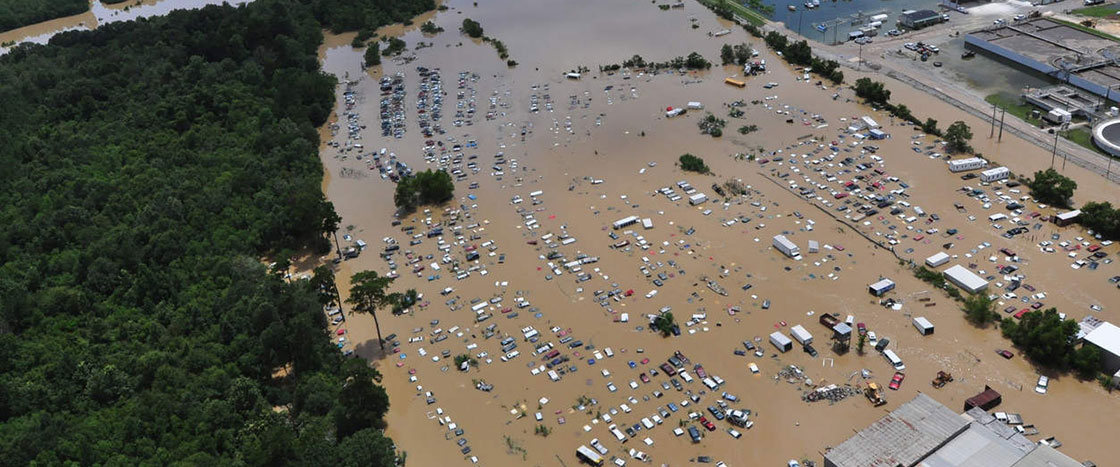On August 29, 2016, I received an email from Margaret Boudreaux [boo-DROH], a Storyworks teacher at Episcopal School in Baton Rouge, Louisiana.
“We have just suffered a great flood, a thousand-year flood,” she wrote. “Much of our school was damaged, and many of our students and teachers lost their homes.”
I had been reading about the devastating flooding that had struck Louisiana just weeks before. In the city of Baton Rouge, many areas were under 10 feet of water. Thousands of people had lost everything they owned.
But that was only one part of the story that Mrs. Boudreaux and her students wanted to share with me.
“This disaster brought out the good in people,” she wrote. “People rushed to help each other. My students and I invite you to visit us, to meet boys and girls who can tell you this story firsthand.”
And so last November, I flew down to Baton Rouge to meet the inspiring kids and teachers of Episcopal.
This is their story.
On August 29, 2016, I received an email from Margaret Boudreaux [boo-DROH], a Storyworks teacher at Episcopal School in Baton Rouge, Louisiana.
“We have just suffered a great flood, a thousand-year flood,” she wrote. “Much of our school was damaged, and many of our students and teachers lost their homes.”
I had been reading about the devastating flooding that had struck Louisiana just weeks before. In the city of Baton Rouge, many areas were under 10 feet of water. Thousands of people had lost everything they owned.
But that was only one part of the story that Mrs. Boudreaux and her students wanted to share with me.
“This disaster brought out the good in people,” she wrote. “People rushed to help each other. My students and I invite you to visit us, to meet boys and girls who can tell you this story firsthand.”
And so last November, I flew down to Baton Rouge to meet the inspiring kids and teachers of Episcopal.
This is their story.


